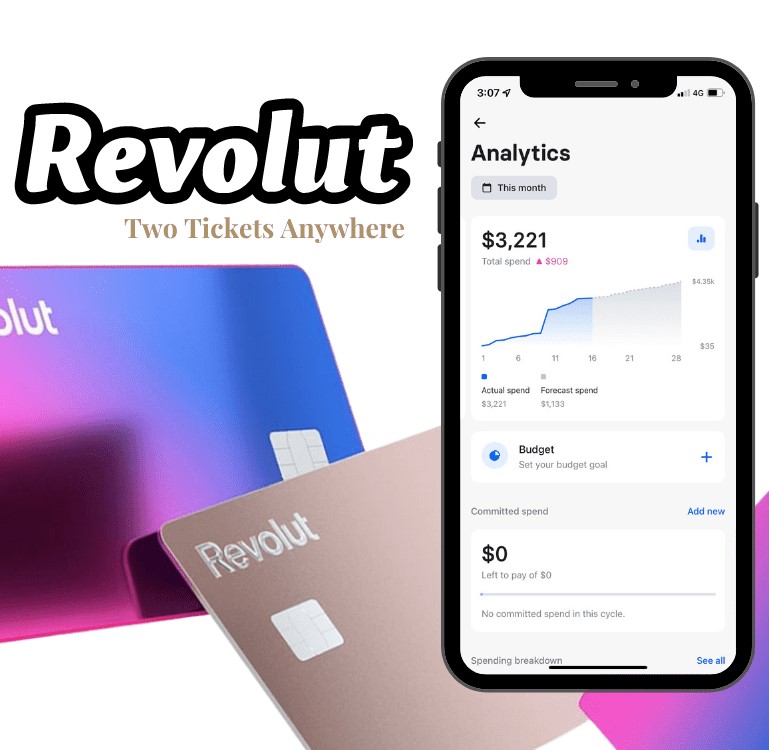
- What should your target heart rate be when you work out?
- How do you find it and what does it mean?
What is Your Target Heart Rate?
Your target heart rate has everything to do with how effective your body is at burning fat – aka, a great workout tool. It’s your heart’s level of intensity, measured in beats per minute (BPM), at which your body can burn the most number of calories per minute.
In other words, knowing your target rate helps you know your “hot zone.” It gives you an idea as to how hard you should work out. Maybe you need to run a little faster, squat a little lower or make your routine a little longer. All of this, of course, is to make you more efficient at burning fat, strengthening your heart and managing your overall health.
Helpful Numbers to Guide You
Don’t confuse your target heart rate with your resting heart rate. This is the number of times your heart beats per minute when your body is at rest, such as right after you wake up.
Resting Heart Rate
For most of us, a normal resting heart rate is between 60 and 100 beats per minute. The lower this number, the better. It means that your heart is in better condition and doesn’t have to work as hard to maintain a steady beat. Some athletes and frequent exercisers can have a resting heart rate as low as 40 beats per minute!
Target Heart Rate
When you exercise at a moderate intensity, your target heart rate is about 50 – 70% of your maximum heart rate. When you exercise at a vigorous intensity, it’s closer to 70 – 85% of your maximum. You can estimate your maximum heart rate by subtracting your age from the number 220. Here are some general target heart rate references:
- If you’re 20 years old, this number may be between 100 – 170 bpm.
- If you’re 40 years old, this number may be between 90 – 153 bpm.
- If you’re 60 years old, this number may be between 80 – 136 bpm.
How to Measure Your Target Heart Rate
Try to keep this number in mind each time you work out. It’s a good baseline to guide you in your fitness goals and help you make the most our of your time spent exercising.
The easiest way to track your heart rate is to use a heart rate monitor. This is found in most Smart Phones, but you can also use a wearable Fitness Tracker like a Smart Watch or Fit Bit.
If you don’t have any of these or prefer not to use one, you can also do this without equipment:
- Take your pulse on the inside of your wrist, on the same side ass your thumb.
- Use the tips of your first two fingers to press lightly over the artery.
- Count your pulse for 30 seconds and multiply this number by 2 to get your BPM.
Factors that Affect Your Heart Rate:
- Exercise intensity
- Age
- Fitness level
- Temperature
- Stress
- Medications
To learn more about target heart rate, plus other factors to keep in mind when you work out, CLICK HERE to view a past article from the Obesity Action Coalition’s Weight Matters Magazine.



